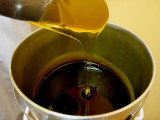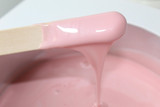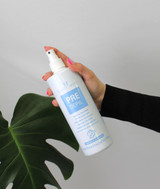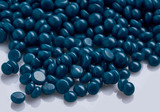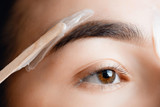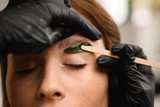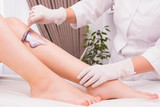6 Things to Tell Your Client Before Their First Time Waxing
Mar 11, 2024
It’s your client’s first time waxing and they are excited, but of course, a bit nervous. That’s perfectly normal when people are going into a new situation, especially when it comes to professional wa
… Read More



